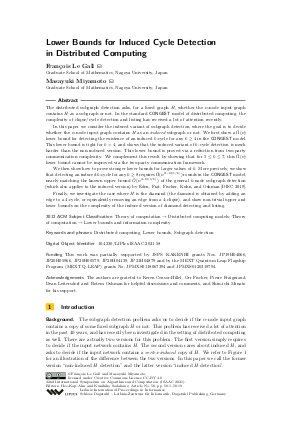LIPIcs.ISAAC.2021.58.pdf
- Filesize: 0.89 MB
- 19 pages

 Creative Commons Attribution 4.0 International license
Creative Commons Attribution 4.0 International license





























Feedback for Dagstuhl Publishing